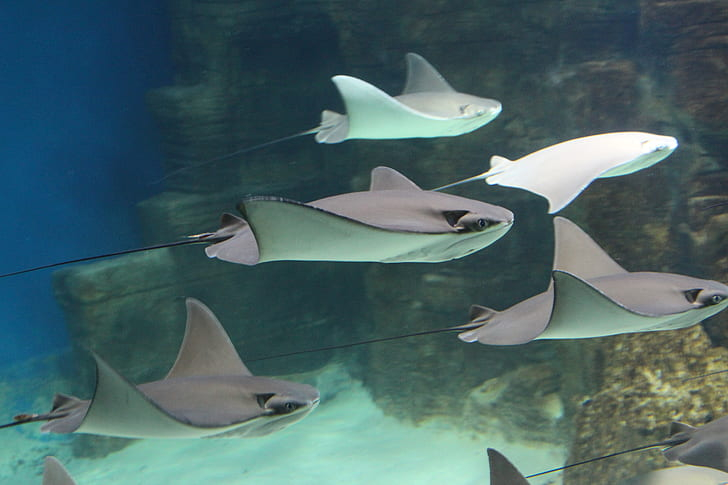The Indian Ocean is a region characterized by its unique underwater features and deep trenches
The Indian Ocean is a region characterized by its unique underwater features and deep trenches, adding to the complexity and intrigue of its marine environment. These geological formations have shaped the ocean's topography and contributed to its rich biodiversity.
One notable feature is the Java Trench, one of the deepest parts of the Indian Ocean. With depths exceeding 7,700 meters (25,262 feet), this trench represents a profound chasm in the Earth's crust. It's a remarkable site for geological research and a habitat for deep-sea creatures adapted to extreme pressure and darkness. Besides the Java Trench, the Indian Ocean also boasts other deep-sea basins and trenches like the Sunda Trench and the Diamantina Deep. These formations create unique habitats for deep-sea organisms and influence ocean circulation patterns.
Additionally, the Indian Ocean is marked by seamounts, underwater mountains that rise from the ocean floor. These seamounts often serve as hotspots of marine life, attracting a variety of species, including coral, sponges, and fish.
The mid-ocean ridges, such as the Carlsberg Ridge and the Southwest Indian Ridge, are underwater mountain ranges formed by tectonic activity. These ridges are critical to the ocean's geology and contribute to the creation of new oceanic crust.











